Explore the bizarre symphony of nature! From walrus whistles to cheetah chirps, uncover the peculiar sounds that set these animals apart. Dive into the extraordinary world of wildlife vocalizations!
While not all sounds in nature are sweet and pleasant, we often hear weird and unique noises from various animals. Some stand out exceptionally well with their peculiar vocalizations, whistling, or sounds produced by movements. When we hear most of these sounds for the first time, they tend to make us wonder.
Here are ten animals recognized for their unusual and bizarre noises.
10 Walrus

Walruses are the keystone marine mammals found commonly in Arctic and subarctic regions. They use weird sounds to communicate above and below water, including growls, knocks, grunts, taps, barks, soft whistles, rasps, and clicks. Male walruses can produce a variety of noises, such as piercing steam-train whistles and reverberating grunts.
They can even use a rubber toy as a musical instrument in the pool. The bell-like sounds they make below water do not come from their vocal cords but from air sacs in their pharynx. Some trained wild walruses can sing continuously for several days, and their complex vocalizations are even audible from up to 10 miles away.
9 Cougar

The cougar, a cat-like species, is a large wild mammal found throughout the Americas. Their habitat spans from the Yukon territory in Canada to the southern Andes in South America. Cougars are territorial and live at low population densities. When frightened, their wails can resemble the screaming sound of children.
Unlike lions and tigers, cougars cannot roar; instead, they make screaming or shrieking sounds. These sounds are often associated with their mating rituals; female cougars shriek to attract a mate, while male cougars scream or shriek to warn other males and establish their own territory.
8 Piranha
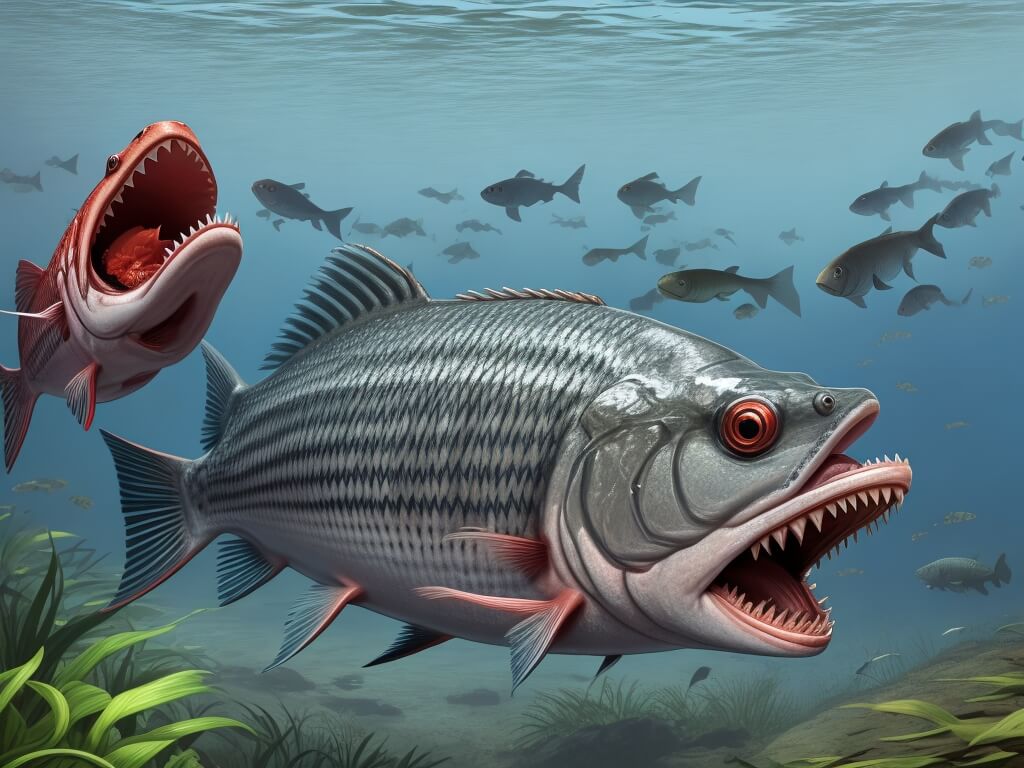
Piranhas are freshwater fishes that inhabit South American rivers, lakes, reservoirs, and floodplains. They are extremely predatory, having sharp teeth and a meat-eating diet. These fish are typically silent and combative but make a unique and ferocious barking sound when they feel threatened.
Among the various types of piranhas, the red-bellied piranha is the most aggressive, and they use bark-like sounds to warn and scare off other piranhas. A short, drum-like percussive sound is a sign of fighting over food and circling their opponent, while they make a softer croaking sound when snapping at each other.
7 Koala

The Koala bear, or simply the Koala, is a plant-eating marsupial closely related to wombats. It has a stout, tailless body and usually inhabits coastal areas of southern and eastern Australia. Despite their adorable appearance, Koalas can make unusual sounds due to their extra vocal folds outside the larynx.
These folds help produce deep, low-pitched mating calls in male Koalas. They can also produce a wide range of other sounds, such as snarls, squeaks, and screams. The screaming call is a sign of agitation or feeling threatened, and female Koalas may use it to express their disapproval of male advances.
6 Possum

Possums are a well-known marsupial in Australia but are also the loudest. The common brushtail possums are nocturnal animals that can thrive in natural or human-modified environments. They are easily recognizable by their loud, explosive, and aggressive noises, which can sound more like a monster than a marsupial.
These scary sounds can be unsettling to people who hear them for the first time. However, the ringtail possum is a much quieter species that communicates with other possums through a distinctive cry. These animals communicate similarly to humans but remain silent when hurt or in pain, an instinct for self-preservation that prevents predators from finding them.
5 Porcupine
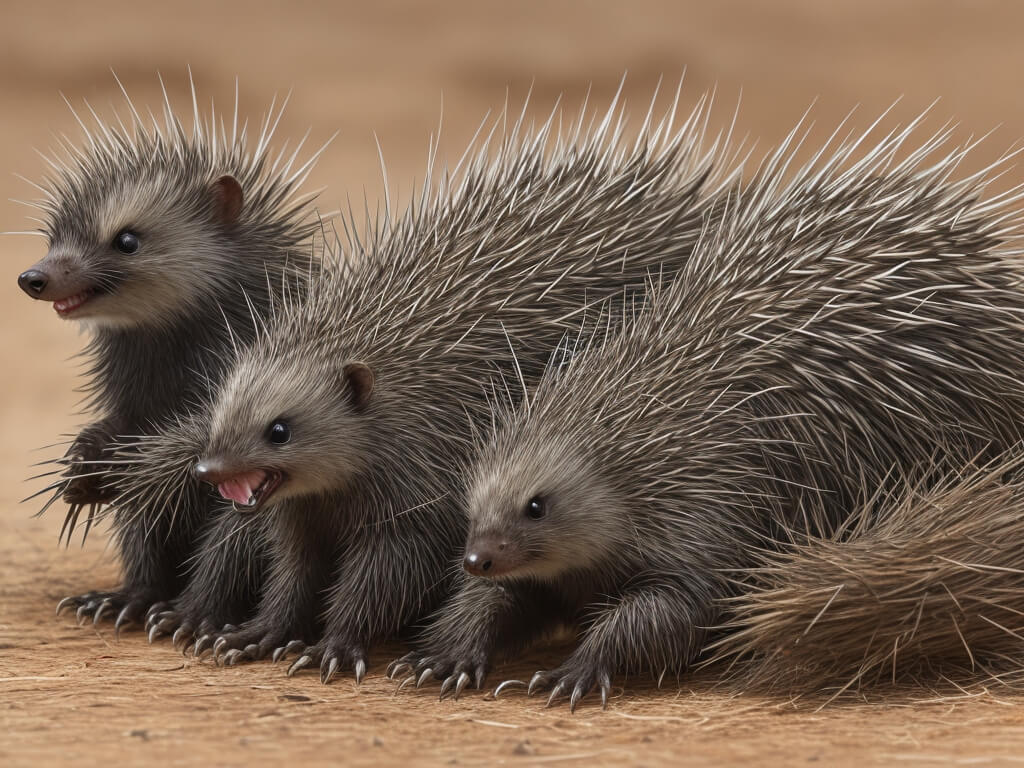
Porcupines are rodents with large, sharp quills covering their coats to protect them from predators. These quills are semi-rigid and consist of keratin. Despite their prickly appearance, porcupines are social animals that communicate with each other through various vocalizations such as grunts, shrieks, teeth chattering, and crying sounds.
Their high-pitched vocalizations are similar to the cries of infants. Porcupines are intelligent animals and can even teach to talk. During mating season, they make sounds like squealing and screaming like a siren. The porcupines involved in fights often make clicking noises, sometimes called “battle chatter.”
4 Stag
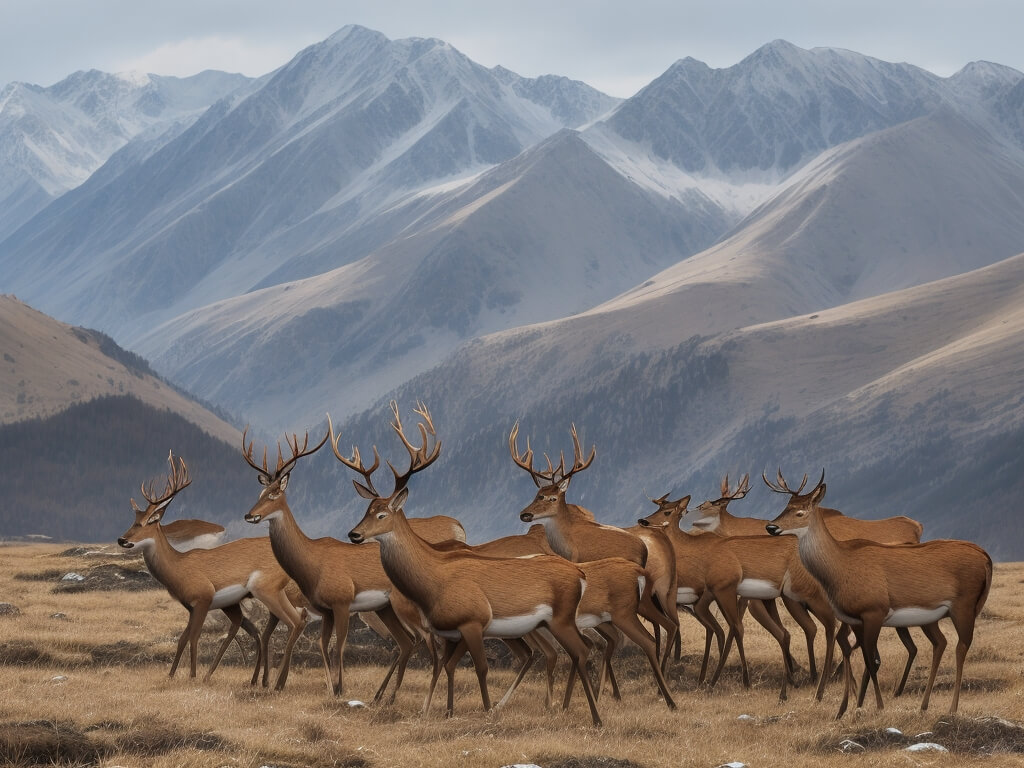
Stags are the largest deer species in most of Europe, the Caucasus Mountains region, and parts of western Asia. They are usually quite vocal animals and use various noises to express themselves, including warning calls and sweet talk. One of their primary means of communication is alerting others to danger, which they do by emitting a snorting sound similar to a human sneeze.
Stags make a loud grunting sound when angry, and while fighting, they clang their antlers together, creating a rattling noise. Finally, a snot wheeze is a more aggressive sound that stags use to intimidate rivals, while they make different sounds to express excitement, happiness, or boredom.
3 Ostrich
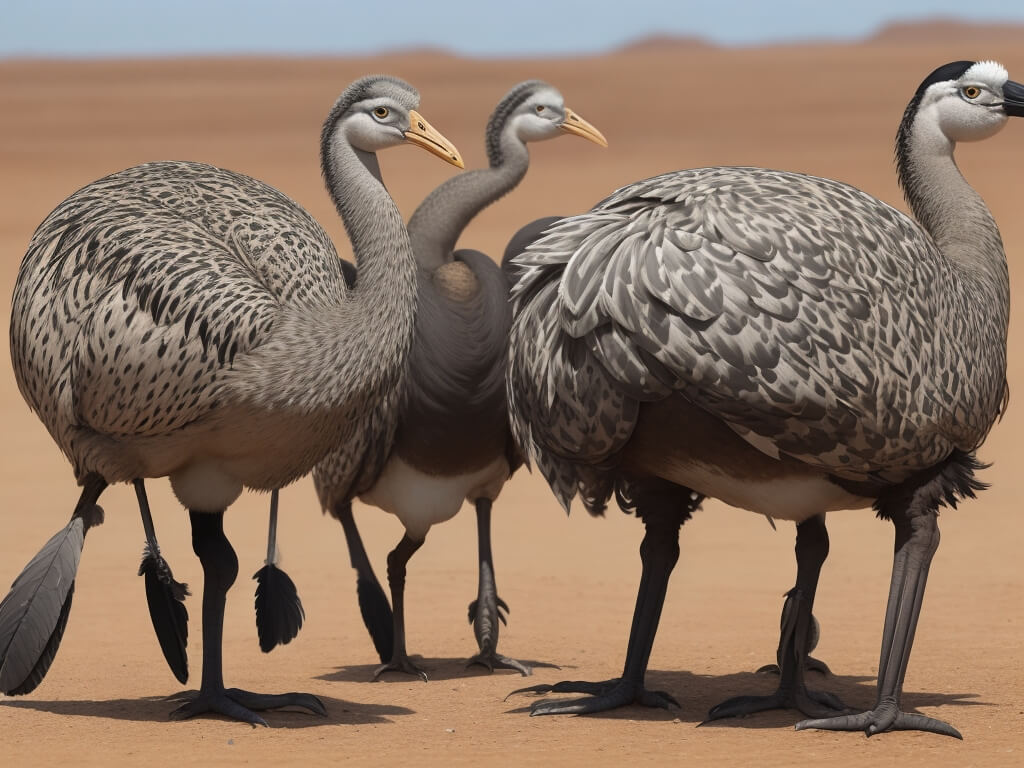
These flightless birds are the heaviest living birds and the fastest on land. They also lay the largest eggs. In the past, their feathers were used for decorating ceremonial headgear. Male ostriches make a low, deep noise called a “boom” by inflating their necks while keeping their beaks shut. This is a mating technique and a way to mark their territory.
Female ostriches, on the other hand, hiss with their beaks open. Baby ostriches make a trilling sound to call for their parents or other flock members. Overall, ostriches communicate through chirps and whistles, which helps them stay protected from predators and find mates easily.
2 Cheetah
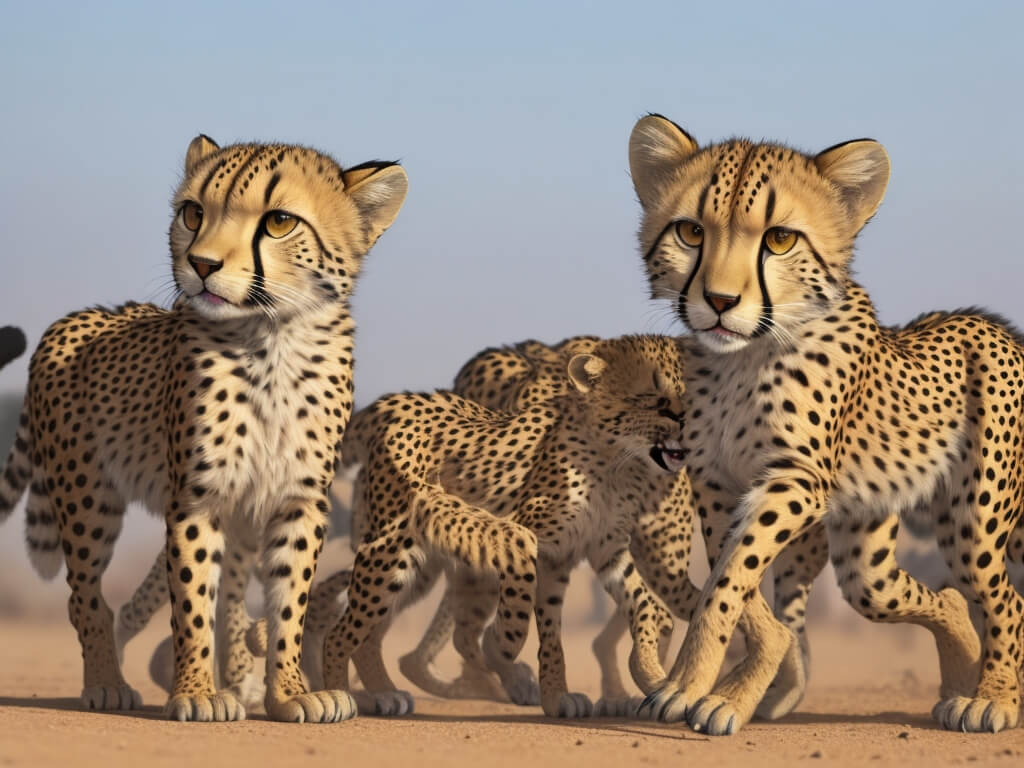
Cheetah is the fastest land animal with long, thin legs, a light build, and a long tail. Despite their relatively large size, they have small-cat anatomy and cannot roar. Instead, cheetahs have divided vocal cords that allow them to purr continuously like small cats. Cheetahs use various sounds to communicate and be alert against the presence of humans and other animals.
They chirp like birds, which is especially helpful for mothers and cubs to locate each other. During the mating season, male cheetahs make a unique sound that combines a purr and a rumbling stomach. Feeling threatened, they will crouch and emit moans, often followed by hissing sounds.
1 Great Blue Heron
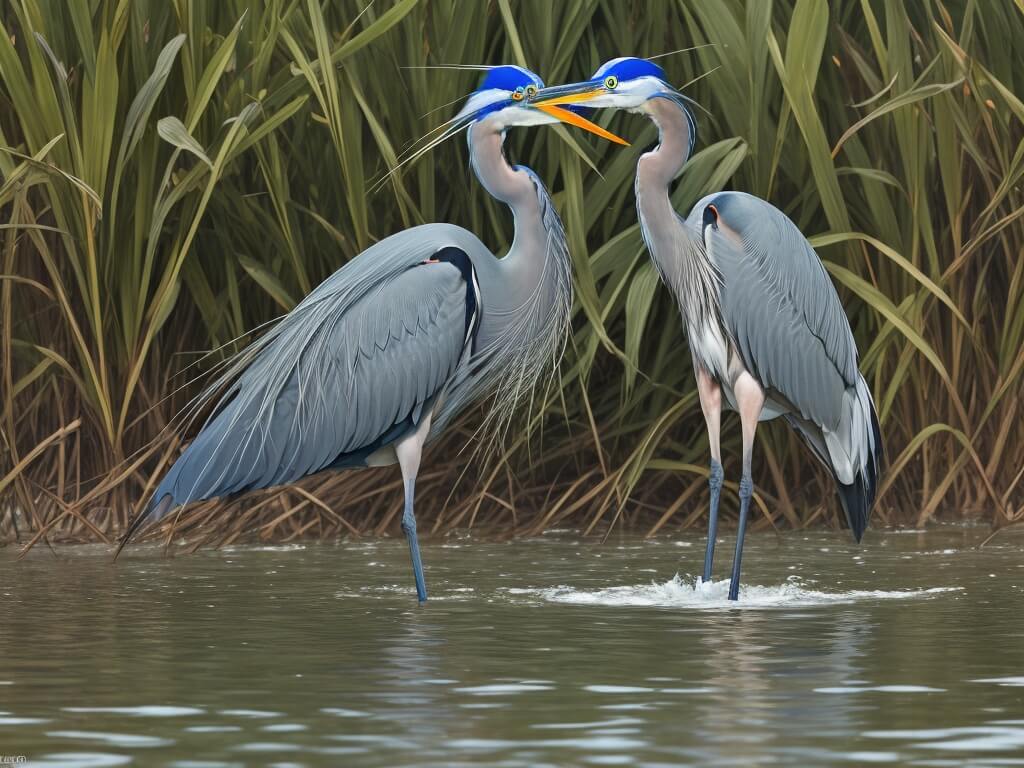
The great Blue Heron is a large wading species commonly found near open water and in wetlands throughout North and Central America, the Caribbean, northwestern South America, and the Galápagos Islands. When surprised while hunting in the water, the bird emits a squawking sound, almost as if it’s annoyed by the disturbance.
During breeding season, the birds have the loudest vocalization and use a series of squawks to greet their partner when arriving at the nest. Any disruption can lead to a series of clucks and squawks lasting up to 20 seconds. When threatened, the birds scream for just over 2 seconds.